| Share |  |
 | |||
Burned Up For Him
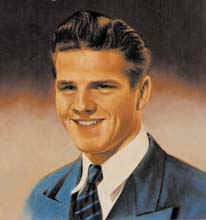 It was a dark and stormy night (literally!) that Monday in January 1956. The usual group of teenagers was gathering in the upstairs gym of the local Salvation Army for the weekly Youth for Christ meeting. Even though the lights were on, the darkness seemed to absorb the brightness from the caged lights in the ceiling.
It was a dark and stormy night (literally!) that Monday in January 1956. The usual group of teenagers was gathering in the upstairs gym of the local Salvation Army for the weekly Youth for Christ meeting. Even though the lights were on, the darkness seemed to absorb the brightness from the caged lights in the ceiling.
Normally, the teenagers’ enthusiasm and excitement dispelled any gloominess as they participated in the energetic YFC meetings. Tonight, though, laughing and joking were absent. Instead, low voices—even whispers—could be heard from small clusters of the teens.
Word had just begun to filter in from news media (remember, this was 1956—there were not the instantaneous news flashes of 2010) that on the previous day, Jan. 8, 1956, five young missionaries had been martyred in Ecuador trying to make contact with an unreached tribe—the Auca Indians.
For many of us teens that night, this was the first time we had encountered something this awful. To us, 32 (Nate Saint) and 28 (Jim Elliot) seemed fairly old, yet we knew these were really young men—with wives and children (nine total)—who had been martyred for the Gospel. Ed McCulley (28), Pete Fleming (27) and Roger Youderian (31) completed the group of five. Here, on a chilly Wisconsin night, we were brought face-to-face with the question: Would we be willing to do the same thing for the Lord?
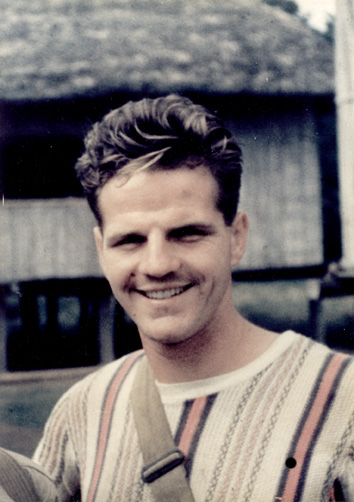 Much planning and preparation had gone into this effort to reach the Aucas. (Note: The official name of the tribe is Huaorani “people,” but their Indian neighbors called them the Aucas or “savages.” Other sources call the tribe the “Waorani” or the “Waodani.”) For three months, the missionaries had made overtures to this group, dropping a bucket filled with various items they thought would be of interest to the Indians. Soon the Aucas were reciprocating with small gifts they placed in the bucket in return.
Much planning and preparation had gone into this effort to reach the Aucas. (Note: The official name of the tribe is Huaorani “people,” but their Indian neighbors called them the Aucas or “savages.” Other sources call the tribe the “Waorani” or the “Waodani.”) For three months, the missionaries had made overtures to this group, dropping a bucket filled with various items they thought would be of interest to the Indians. Soon the Aucas were reciprocating with small gifts they placed in the bucket in return.
By January 1956, the missionaries felt they were finally ready to make ground contact, especially since they had added Roger Youderian, a former paratrooper, to the group. Roger and his wife had been working with another tribe in the area and were accustomed to the jungle.
Nate had located a beach, only four miles from the village, that was suitable for landing his small plane. The target date was Jan. 3, a Tuesday. They flew in and made camp close to the landing strip. The men had several apparently friendly encounters with the Aucas, but something had changed by Sunday. It appeared the meeting had started on a good note—but then there was a surprise attack about 3 p.m. All five were brutally murdered there on “Palm Beach,” as the missionaries had named their landing strip.
What had changed? Later on, one of the Aucas said that most of their prior contacts with outsiders had been violent. Even though they wanted to believe that the missionaries were friendly, their previous experiences caused distrust and made them fearful that they would be trapped. The Indians believed they were acting in self defense.
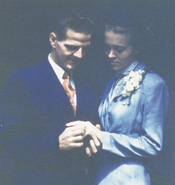 However, shortly after the bloody murdering of the five men, the Indians realized that the missionaries had had weapons capable of killing—but they hadn’t used them. The Aucas’ spiritual eyes were beginning to be opened to the love of God.
However, shortly after the bloody murdering of the five men, the Indians realized that the missionaries had had weapons capable of killing—but they hadn’t used them. The Aucas’ spiritual eyes were beginning to be opened to the love of God.
These five men have been called martyrs—and rightfully so. Ed McCully’s body was seen and identified, but it washed down the river and never was found. The widows of the other four chose to have their husbands buried at the site where they had died.
But the story doesn’t end there. “Within three weeks, Johnny Keenan, another pilot of the Ecuador Mission, was continuing flights over the Huaorani village. More than 20 fliers from the United States promptly applied to take Nate’s place. More than 1000 college students volunteered for foreign missions in direct response to the story of the Five Martyrs. In Ecuador, Indian attendance at mission schools and church services reached record levels, and the number of conversions skyrocketed.” (“Nate Saint and Other Martyrs of the Ecuador Mission.” http://jmm.aaa.net.au/articles/4670.htm )
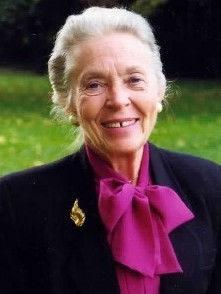 Within three years of the incident, Nate Saint’s sister, Rachel, and Elisabeth Elliot (widow of Jim Elliot) had taken up permanent residence in an Auca village. Nate’s son, Stephen, with his wife and four children, moved back to Ecuador in 1995 to aid the Aucas in their medical, economic, and social needs while showing them God’s love that fulfills the eternal needs as well.
Within three years of the incident, Nate Saint’s sister, Rachel, and Elisabeth Elliot (widow of Jim Elliot) had taken up permanent residence in an Auca village. Nate’s son, Stephen, with his wife and four children, moved back to Ecuador in 1995 to aid the Aucas in their medical, economic, and social needs while showing them God’s love that fulfills the eternal needs as well.
Why were these men willing to face death to reach the Aucas? Jim Elliot’s journals, which his wife Elisabeth published after his death, give us insight into his thinking. In one entry, he wrote, “He makes His ministers a flame of fire. Am I ignitable? God deliver me from the dread asbestos of ‘other things.’ Saturate me with the oil of the Spirit that I may be aflame. But flame is transient, often short-lived. Canst thou bear this, my soul-short life? In me there dwells the Spirit of the Great Short-Lived, whose zeal for God’s house consumed Him. Make me thy fuel, Flame of God.”
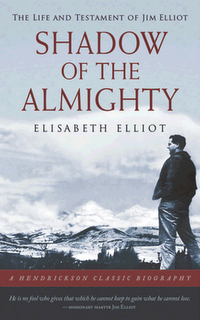 In a similar entry, Jim wrote, “God, I pray Thee, light these idle sticks of my life and may I burn up for Thee. Consume my life, my God, for it is Thine. I seek not a long life but a full one, like you, Lord Jesus.” (Elisabeth Elliot, Shadow of the Almighty. N.Y.: Harper & Row, 1958, p. 55).
In a similar entry, Jim wrote, “God, I pray Thee, light these idle sticks of my life and may I burn up for Thee. Consume my life, my God, for it is Thine. I seek not a long life but a full one, like you, Lord Jesus.” (Elisabeth Elliot, Shadow of the Almighty. N.Y.: Harper & Row, 1958, p. 55).
Even as we teenagers stood there that Monday night—shocked and sad—we began to ask ourselves and each other: Would I be willing to be a martyr for Christ? The most familiar quote from Jim Elliot is this: “He is no fool who gives up that which he cannot keep to gain that which he cannot lose.”
Did we all become foreign missionaries and face dangers for Christ? No, but that encounter on a dark and stormy night in January 1956 changed us all. We have lived with Elliot’s challenge all our lives. We hope that each of our lives has been burned up for Him in ways that we may not even know until eternity.
For more information, you might want to check out these resources:
- Elliot, Elisabeth. Shadow of the Almighty. 1958.
- Elliot, Elisabeth. Through Gates of Splendor: The Five Missionary Martyrs of
- Ecuador. Tyndale , 1986.
- Hitt, Russell. Jungle Pilot. Updated in 1997
- Saint, Steve. End of the Spear, 2005. Film, 2006.
Copyright © 2008-2015 Shirley Shedd
Post Your Comment...
|
|
||||||||||||


